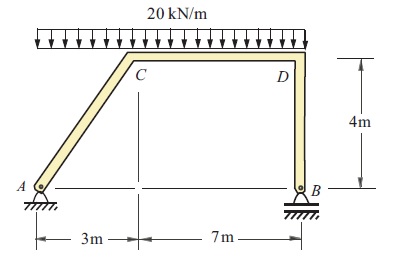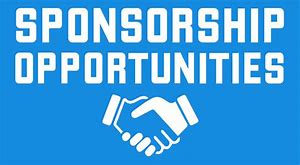Why Do You Need a PE License?

Quite often we get questions from our readers about the importance of the PE license. For engineers, the PE license is the mark of a professional. It’s a standard recognized by all employers and their clients, by governments and by the public as an assurance of dedication, skill and quality.
For consulting engineers and private practitioners, licensure is a virtual necessity. In fact, it is a legal requirement for those who are in responsible charge of work, be they principals or employees. The PE license is also very important for other institutions. For example, government agencies, educational institutions and private industries are increasingly requiring that they hire and contract only with licensed professional engineers. This is a trend that is almost certain to continue in the future.
According to the National Society of Professional Engineers, an engineer needs a license for various reasons including prestige, career development, authority, flexibility, and of course money:
Prestige: PEs are respected by the public and are seen in the same light as licensed professionals in other fields. PEs are also held in high esteem by their peers within the engineering community, who see the PE as part of an elite group.
Career Development: Employers are impressed with engineers who have their PE license. Licensure not only enhances your stature, it shows commitment to the profession and demonstrates heightened leadership and management skills. Licensure is also a necessity for rising to increased levels of authority and responsibility.
Authority: Only PEs can sign and seal engineering drawings; and only PEs can be in responsible charge of a firm in private practice or serve as a fully qualified expert witness. Also, many government agencies and educational institutions are emphasizing licensure among their engineers as well.
Flexibility: Having a PE license opens up your career options. You can become a specialist, or establish your own business. It also protects you during industry downsizing or outsourcing. The PE license allows you to go as far as your initiative and talent will take you.
Money: Studies have shown that most PEs earn higher pay throughout their business careers. Having your PE allows expanded opportunities beyond a company structure – as an independent consultant for example.
The Latest NCEES-FE Reference Handbook (Version 9.4)
Last month we promised our readers to talk about the latest FE Reference Handbook (Version 9.4) that is available from The National Council of Examiners for Engineering and Surveying (NCEES).
As before, the new FE Reference Handbook (version 9.4) is supplied electronically to FE examinees during the exam and displayed on their exam computer monitors as a searchable PDF file. All examinees will use a 24-inch monitor while testing to allow sufficient space to display both the exam question and the reference handbook. It is very important to become familiar with the latest version of the FE Reference Handbook prior to taking the computer-based test (CBT). I also recommend my students to own a hard copy of the handbook. When studying, remembering the page numbers of some important formulas may also help.
To pass the exam, you need to get about 77 questions right or 70% of the whole test. To achieve that, you have to get to the proper formulas, relationships and tables as fast as you can without wasting time. For example, just to give you an idea, if you need the Modulus of Elasticity of Aluminum (Ealum) for a problem on the test, the answer will be on page 84 of the reference manual and you have to go to that page in less than ten seconds. If you need the dimensions and properties of W-Shapes you need to turn to page 159. I’ll never forget when, during one of my pro-bono Saturday classes at the University of the District of Columbia in Washington, DC, we needed the properties of a W 12 x 50 shape and a student in the class spent more than five minutes to get to the right page instead of a few seconds.
Finally, the FE is a fast-paced exam and you will have little time to look up information. Therefore, make sure you are familiar with your reference material and you always begin with the subject areas you know best. This will give you more time and build your confidence. Remember, it is always a good idea to consider reverse engineering the problems by substituting the answers and seeing which one works (try your hand at this month’s practice problems!).
Most importantly, stay relaxed and confident. Always keep a good attitude and remind yourself that you are going to do your best. Good luck!
Until next time,
Ahmet Zeytinci, PE (Dr. Z.)
This email address is being protected from spambots. You need JavaScript enabled to view it.


